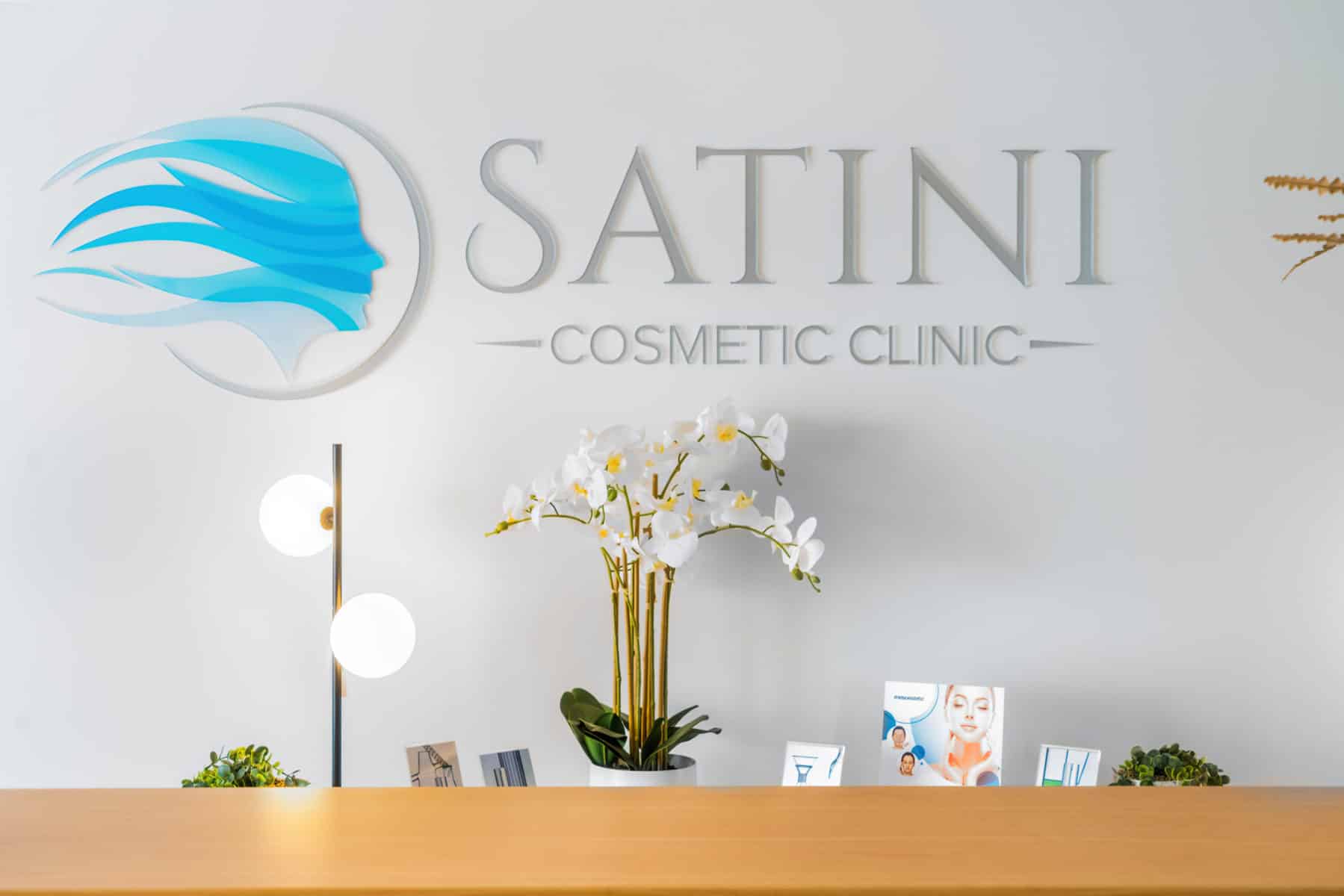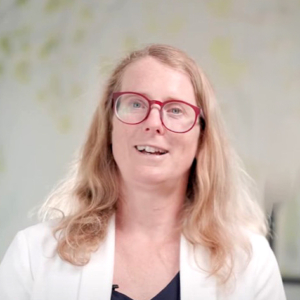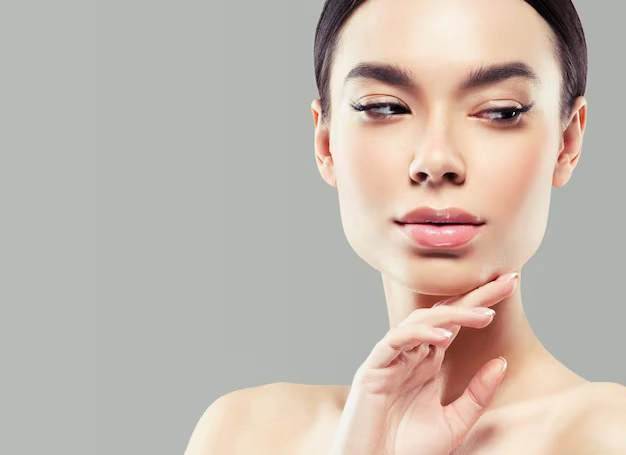
Regain Your Confidence: Discover the Power of PRP Hair Loss Treatment in NZ
Out of 100,000 hairs on your body, you can lose 50-100 strands every day. Normally, these lost hairs are replaced, but this isn’t the case for everyone. Disturbances in the hair growth cycle can cause abnormal hair loss. Excessive hair shedding and decreased hair growth aren’t ideal for anyone. If you notice yourself losing more hair than usual, consider PRP injections. This solution to hair loss works best the earlier you start treatment.
Keep reading to learn what you should know about PRP hair treatment in NZ.
What Is PRP Hair Treatment in NZ?
PRP hair treatment in NZ, otherwise known as platelet-rich plasma, is a three-step medical therapy for hair loss. A person’s blood gets drawn, processed, and then injected into their scalp.
In the medical community, it’s hopeful that this treatment triggers natural hair growth by increasing blood supply to the hair follicle. It can help you increase the thickness of hair after a hair transplant. This approach is often combined with other hair loss solutions, such as medications.
PRP started to be considered as a potential tool for promoting hair growth in 2006. However, PRP therapy has been used since the 1980s to treat problems such as healing injured muscles, ligaments, and tendons.
Platelet-Rich Plasma Therapy Process
This three-step process requires three separate treatments 4-6 weeks apart from one another. To maintain the treatments, you’ll visit every 4-6 months.
Step 1
Blood is drawn, often from your arm, and placed into a centrifuge. This is a rapidly spinning machine that separates fluids of different densities.
Step 2
After 10 minutes in the centrifuge, your blood will have separated into these layers:
- Red blood cells
- Platelet-rich plasma
- Platelet-poor plasma
Platelet-rich plasma will be used for the PRP injections.
Step 3
Platelet-rich plasma is put into a syringe and injected into various areas of the scalp. It’s designed to target parts of the scalp in need of increased hair growth.
To alleviate discomfort during the procedure, providers will use ice. Most people feel pressure but little to no pain during the treatment.
PRP has a sufficient theoretical scientific basis to support uses in hair restoration. More clinical evidence is needed to know who PRP is more effective for, but there are some indications it’s stronger for some types of hair loss than others.

How to Prepare for PRP Therapy
The day before and day of your procedure, drink plenty of water. It’s harder to draw blood when you are dehydrated. Plus, you won’t have as much plasma.
Avoid NSAIDs for seven days before the procedure. NSAIDs include:
- Aspirin
- Naproxen
- Ibuprofen
- Aleve
Tylenol is safe to take because it won’t thin your blood. Your provider might recommend stopping herbal supplements seven days before the procedure as well.
Shampoo and condition your hair before the procedure to provide a sterile environment on your scalp. Don’t use hair products like gel or hairspray three days before the injections.
Post-Procedure Tips
PRP injections won’t inconvenience you in any way. You shouldn’t experience fatigue or drowsiness after the procedure.
You should be able to do most normal activities, but you may experience scalp pain for up to three to four weeks.
Don’t colour or treat your hair for at least 72 hours after the injections. Harsh chemicals can irritate the injection site, causing scalp pain. It’s possible to experience complications from these chemicals as well.
Types of Hair Loss for PRP
Most research on PRP for hair loss has focused on treating androgenetic alopecia. Evidence suggests PRP works best when combined with other treatments.
There isn’t currently enough evidence to conclude the effectiveness of platelet-rich plasma therapy for other types of hair loss, such as:
- Autoimmune-related hair loss
- Forms of scarring hair loss
- Stress-related hair loss
If you have these forms of hair loss, consider getting a hair transplant. Afterwards, you can reap the potential benefits of PRP therapy by maintaining thick and beautiful hair.

PRP for Hair Loss Side Effects
PRP therapy involves injecting your own blood into your scalp, eliminating the risk of getting a communicable disease. Any therapy involving injections still comes with other risks and side effects, such as:
- Infection
- Injury to nerves or blood vessels
- Scar tissue
- Calcification at the injection points
The great thing about PRP therapy is that it is natural and cannot cause allergic reactions.
There is a chance you could have a negative reaction to the anaesthetic used during the therapy process. If you decide to pursue this hair loss therapy, let the injectors know in advance about your tolerance to anaesthetics.
Who Is a Candidate for PRP Injections?
Scheduling a consultation with a cosmetic clinic can help determine if you are a candidate for PRP injections for hair loss.
During this meeting, report all medications you are on, including herbs and supplements. Providers might recommend against this therapy if you take blood thinners, are a heavy smoker, or have a history of drug or alcohol misuse.
If you have recently experienced hair loss, consult with a cosmetic clinic as soon as possible. The more recent the hair loss, the more likely you can fix the problem with PRP injections.
It’s common to be rejected for treatment if you have been diagnosed with any of the following:
- Acute or chronic infections
- Chronic skin disease
- Cancer
- Chronic liver disease
- Metabolic disorder
- Systemic disorder
- Thyroid disease
- Low platelet count
If you aren’t a candidate for this form of treatment, consider other options like hair growth shampoos.
How Much Does PRP Therapy Cost?
For many, PRP is an effective but expensive hair loss solution. For the initial three treatments, prices can range from $1,500 to $3,500. One injection can cost around $400, and you’ll need maintenance treatments every 4-6 months.
You’ll have to pay more for optimal results. The amount of hair growth varies by individual.
Prices will depend on these factors:
- Equipment quality
- Your location
- The addition of nutritive components
Most insurance plans don’t cover PRP for hair loss because it’s considered a cosmetic treatment.
Alternative Hair Growth Options
If you’re not a candidate for PRP injections, there are other hair growth methods you might not have tried yet. From shampoo to laser for hair loss, you have options to choose from.
These alternative hair growth options might be used in combination with PRP therapy to make the treatment more effective.
Shampoos and Conditioners
Investing in hair growth shampoo and conditioner is an easy way to introduce effective ingredients into your daily routine. There are a range of options to help treat hair loss from thinning, breakage, and stress.
Hair growth shampoos and conditioners can help re-grow patchy areas, prevent thinning, and add density to thin hair.
You have two options for hair growth shampoo: prescription and over-the-counter treatments.
Anti-androgen shampoos prevent hormones that trigger hair loss from activating. By preventing testosterone and dihydrotestosterone (DHT), this shampoo targets hair growth at the site of the follicle. The process helps interrupt the hormone cycle that causes thinning from the source.
Over-the-counter options are less effective because they focus on reducing damage and inflammation. They often contain antioxidants and amino acids to provide hair-rebuilding components.
When shopping for hair growth shampoo and conditioner, look for these ingredients:
- Zinc
- Keratin
- Procyanidin B2
- Biotin
- TRi-copper peptides
These ingredients have proven benefits to stimulate hair growth. Additionally, natural remedies like rice water, rosemary oil, and pumpkin seed oil have been known to help with hair growth.
Low-Level Laser Therapy
Low-level laser therapy (LLLT), or red light therapy, uses laser light to stimulate cell growth and supercharge hair follicles. It can help those dealing with hair loss by improving volume and hair appearance.
LLLT has been approved by the FDA as a hair loss treatment for women and men. It’s often used to treat androgenetic alopecia, most commonly known as female or male pattern baldness.
This procedure is tolerable and much less invasive than hair transplant surgery. There are no known side effects of this treatment, which encourages many people to try it.
Finasteride
Finasteride is a medication used to treat androgenetic alopecia. It works to regrow hair at the crown and in the middle of the scalp.
Women and children shouldn’t use this medication for hair loss. It should be used by adult men only.
The medication works to decrease the amount of DHT to slow hair loss. Hair growth on other parts of the body is not affected by this medication.
Talk to your primary care doctor to see if Finasteride is right for you. Many people using the medication don’t experience serious side effects, but side effects like rash, breast enlargement, and decreased sexual ability can occur.
Book PRP Treatment for Hair Loss
Satini Cosmetic Clinic in Christchurch (Ferrymead) is a doctor-led medical clinic run by Dr. Nadja Haub. We offer state-of-the-art and natural cosmetic treatments like PRP injections.
Dr. Haub is accredited as a Lifestyle Provider to treat patients with a holistic approach to appearance medicine. Since 2019, she has continued to work in the clinic as a director.
We offer clients absolute privacy and accessibility. Ready to discuss PRP hair treatment in NZ? Book a consultation with us today.





